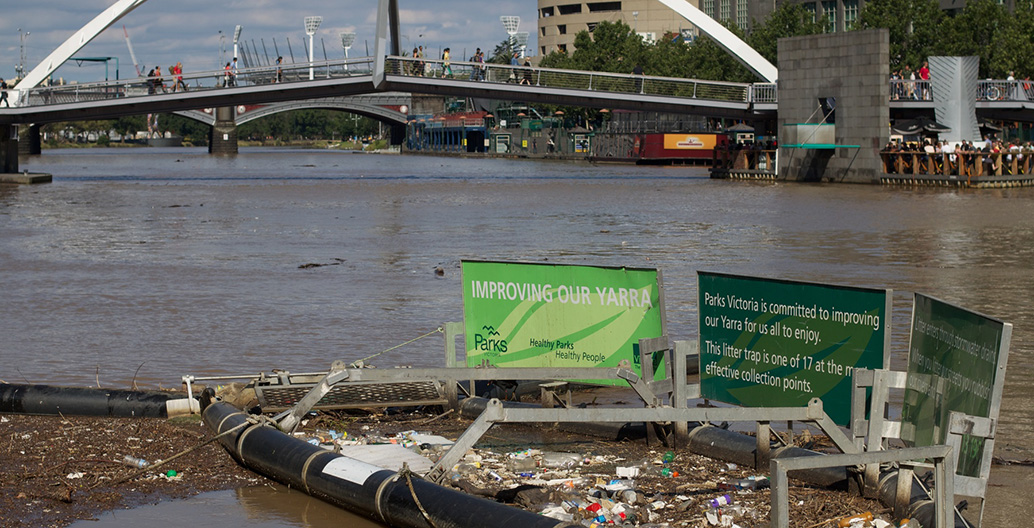
Treating the toxic city
It is tempting to think that pollution is ‘under control’. We look at images of the industrial city and recoil, thinking that we’ve come so far. But have we just got better at hiding the polluting effects of contemporary life? Foreground announces a new theme for early 2019: treating the toxic city.
In 1898, Ebenezer Howard first put forth his vision of a ‘garden city of the future’ to an England ravaged by the excesses of the first Industrial Age, with its widespread pollution of rivers and natural systems. Howard’s vision dangled the promise of a leafy, semi-urban idyllic life to the residents of smog-shrouded tenements. Ironically, it went on to inspire countless tract housing subdivisions, spawning their own environmental challenges.
Nevertheless, Howard’s ‘slumless, smokeless’ ideal city became one of the 20th century’s most influential planning philosophies. It was the conceptual foundation to myriad new ‘designed’ cities around the world – Australia’s Canberra among them.
While some things have changed for the better – residents in most of the world’s developed countries rarely find themselves bunking down beside factories spewing coal smoke – pollution remains a profound problem for all of the world’s urban dwellers. For some of us, it is out of sight, or ‘off shored’, but the circle of urbanisation and pollution is far from broken.
Perhaps the very invisibility of much of our current polluting habits makes them more dangerous, as the by-products of post-industrial life insidiously impact our atmosphere, our soil and water, our bodies and even our DNA.
120 years on from when Howard first put forth his radical vision for an urban life free from pollution, Foreground will examine how today’s designers, planners and thinkers are not only working to repair the damage done to our cities, but are also rethinking the systemic problems that are poisoning them in the first place.
In keeping with the broad scale of the problem, our investigation will follow two streams: ‘tactics’ will throw a light on localised, direct interventions, while ‘strategy’ will delve into public policy, regulation and big-picture thinking, in the search for better urban systems.
Part optimistic, part sobering and entirely timely, this theme will explore the work of those who are attempting to break the cycle of waste and pollution that has been the hallmark of global cities for centuries.
We invite our readers to send their ideas, case studies, research or other content ideas. Please send to team@foreground.com.au


